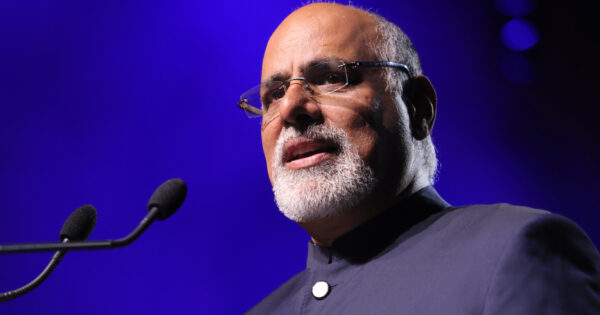
Mastercard’s foray into the world of Web3 technology has proven to be a successful move, according to Raja Rajamannar, Mastercard’s chief marketing and communications officer. The financial payment processor’s investments in Web3, including the launch of the Mastercard Artist Accelerator program, have positioned the company as technologically advanced and have had a positive impact on revenue. Particularly among Gen Z audiences, Mastercard’s association with Web3 technologies has influenced purchasing decisions.
Web3 technology, which encompasses virtual reality, augmented reality, blockchain, cryptocurrencies, and non-fungible tokens (NFTs), has experienced a decline in popularity within the ad industry. However, for Mastercard, NFTs still hold potential for marketers. While the market for vanity NFTs has cooled off, utility NFTs, such as tokens that unlock gated content or rewards, continue to offer possibilities. Mastercard’s Artist Accelerator program, built on the Polygon blockchain, allowed artists to livestream shows and debut AI-driven singles, while also providing educational materials and NFT minting capabilities.
The program attracted nearly 100,000 music artists, with 5,000 of them using the platform to mint NFTs. Fans who purchased these NFTs were rewarded with discounts on future album releases or exclusive private concerts. Rajamannar emphasizes the importance of ensuring NFTs have a compelling utility, which aligns with Mastercard’s ongoing exploration of Web3 and NFTs.
Through the Artist Accelerator program, five selected artists were able to grow their fan following on platforms like Spotify by 73,000 collectively. This success showcases the potential impact of Web3 technologies in helping artists gain discoverability and reach new audiences.
Mastercard’s venture into Web3 is not limited to the Artist Accelerator program. The company has also focused on sonic branding as a strategy to differentiate itself in a visually saturated advertising landscape. In 2019, Mastercard introduced its distinctive seven-note melody that accompanies every successful Mastercard transaction, creating familiarity with the brand. With an average of 33 billion transactions per quarter, Mastercard’s sonic branding reaches a global audience.
Rajamannar highlights the significance of audio branding, stating that since the launch of its sonic brand identity, Mastercard has become the world’s number one audio brand, according to the Best Audio Brands Index. In an environment where visual saturation is high, the auditory senses offer an untapped avenue for brands to stand out and establish a consistent brand identity.
Mastercard’s success with Web3 and audio branding demonstrates the company’s forward-thinking approach to leveraging technology and creativity to engage with audiences and drive revenue growth. As the digital landscape continues to evolve, Mastercard’s investments in emerging technologies and innovative strategies position the company for continued success in the future.






